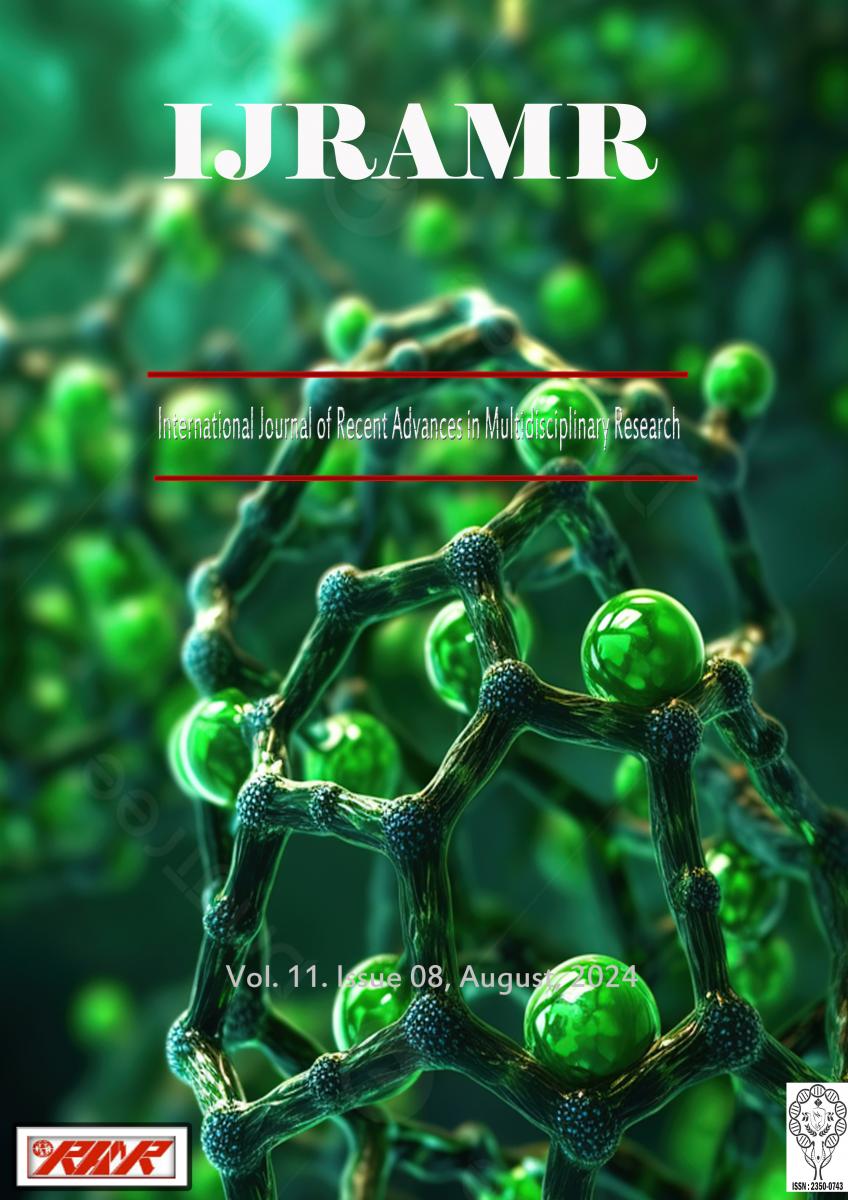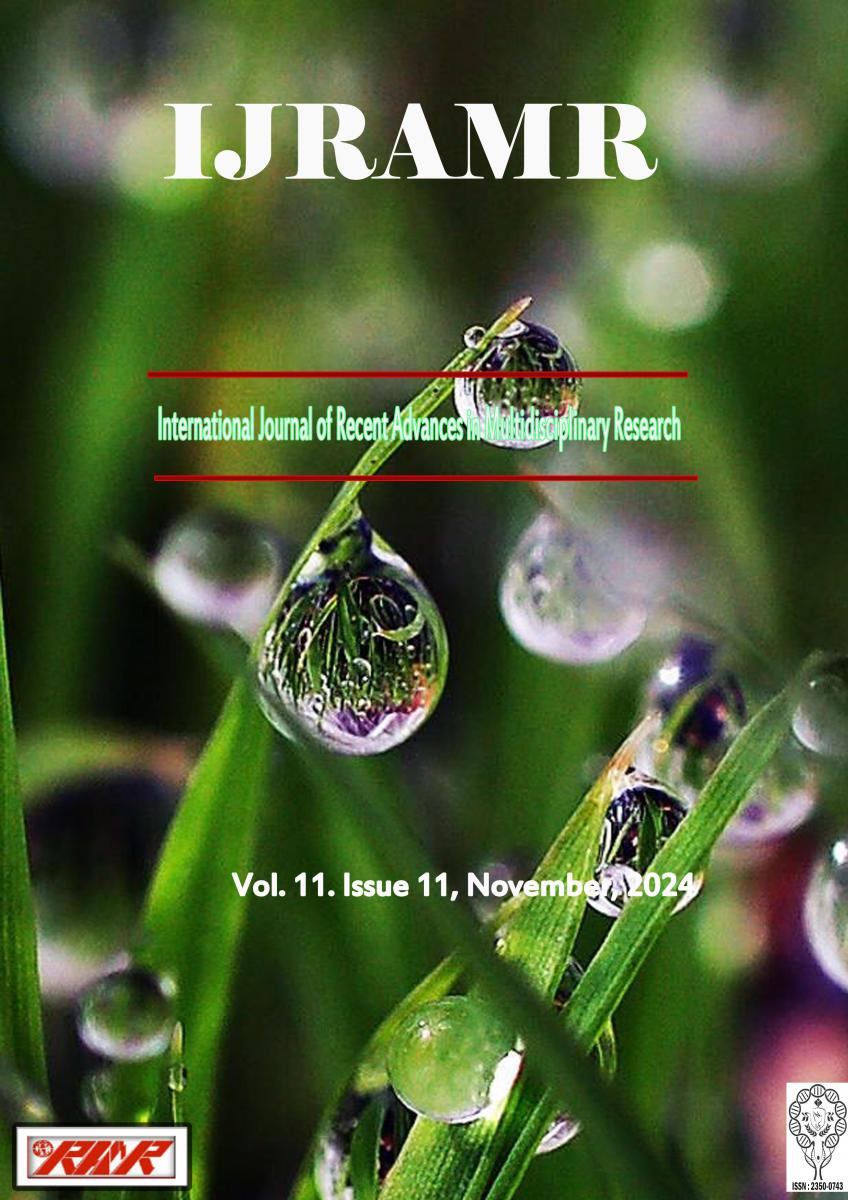Background: Healthcare burden of nations across the globe are on a steady rise, governments and individuals seek for effective and affordable solutions. Evidence revealed that leaves have food and medicinal potentials. Aims: A comparative analysis of the phytochemical composition of eight leaves used to control diseases in Africa. To encourage right choices and easy access of consensus evidence to healthcare professionals and decision makers. Promote exploration of nutritional and economic values of the leaves. Study design: Systematic Review: Methodology: The theories are a community approach to intervention services and native medicine, methods are a systematic review. Peer reviewed evidence that the phytochemical compositions of the leaves were collated and analyzed. Search engines were Google, Google scholar, Firefox. Results: Evidence suggests that the leaves are rich in phytochemical compounds, which have diseases controlling properties, modern medicine have more evidence. Highest quantity of alkaloids 567.17 mg/100 g occurred in Tetrapleura tetraptera, the lowestin Plukenetia conophora, 2.67 mg/kg. Tetrapleura tetraptera was also on the lead for flavonoids, with a score of 672.66 mg/100 g and Hunteria umbellata scored the least, 78.27 mg/kg. For tannins, Chrysophyllum albidum, came first, scoring 135.55 mg/100 g and Plukenetia conophora was lowest, 0.56/kg. Terpenoids were lowest, 4.60% in Mangifera indica, and Tetrapleura tetraptera, 118.73 mg/100 g highest. The lowest level of saponins, 0.028 mg/100 g occurred in Chrysophyllum albidum, and the highest, 253.30 mg/100 g occurred in Tetrapleura tetraptera. The highest phenols, 424.89mg/100 g, occurred in Carica papaya and Annon muricata, scored the least, 4.38%, Outcome can be beneficial to users. Conclusion: The leaves are rich in phytochemical compounds with capacities to control diseases.






